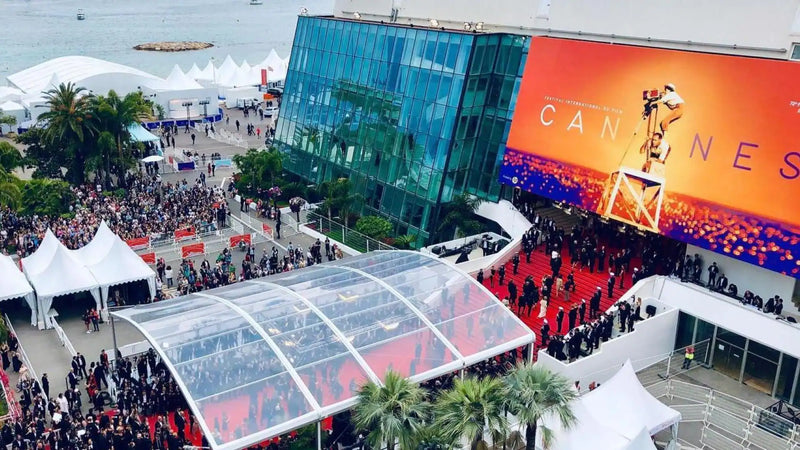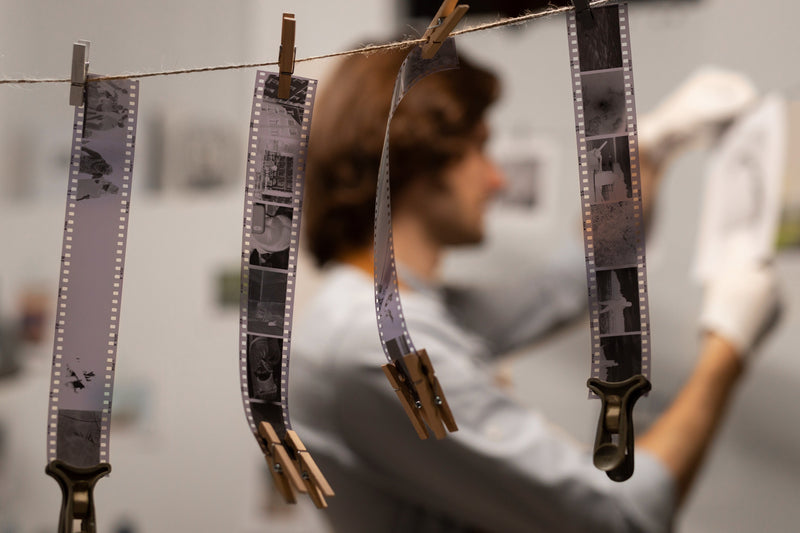Why the film industry is moving beyond Hollywood — and what that means for your production workflow.
The rise of location diversity
In 2025, the map of film production is shifting. The State of Louisiana has recently enacted legislation through its “Act 44” reform, giving the Louisiana Economic Development agency broader flexibility to award tax credits of up to 40 % and eliminate per-project caps in an effort to revive its film sector. (AP News) Meanwhile, UK-based regions are also becoming genuine alternatives to London and Los Angeles: the newly opened Shinfield Studios in Berkshire marked its structural completion in 2024 and is already hosting major studio projects. (Wikipedia)
These developments point to something more than fiscal incentives: filmmakers, studios and service providers are increasingly embracing regional hubs for production, post-production and ancillary services. For a company specialising in film processing, scanning and post-production like CPC London, this opens up a strategic vantage point — bridging location, lab and finishing workflows.
Why regional hubs are winning
There are three main forces driving this dispersion of production centres:
1. Cost and control
Production costs in hubs like Louisiana are now reported to be 17.9 % lower than in other major markets. (filmlouisiana.com) Add to that the improved incentives: Louisiana’s removal of caps and uplifted credits marks a serious attempt to compete for big-budget projects. (Entertainment Partners)
2. Infrastructure build-out
Facilities like Shinfield Studios (35 minutes from Heathrow) afford proximity to London while offering larger space options and logistical ease. (Wikipedia) In the US, Louisiana’s film sector remains rooted in “Hollywood South” traditions but is recalibrating for global production demands. (64 Parishes)
3. Post-production and lab alignment
Many film projects now tie their capture directly to lab, scanning and post-production workflows. The further you are from hub bottlenecks, the more critical it becomes to link your processing chain to trusted partners. With regional production exploding, labs and post facilities that support global workflows (processing, scanning, archiving) become strategic collaborators — not just vendors.
Implications for film processing & scanning workflows
For productions migrating to or starting in regional hubs, a few key considerations emerge:
-
Location matters for lab logistics: Even if principal photography is in Louisiana or Berkshire, your negative might be processed in London, scanned in another country, and archived elsewhere. CPC London’s capacity to support processing and scanning from globally distributed shoots becomes a differentiator.
-
Incentive-driven scheduling: When states or regions raise or remove caps, timing of production becomes critical. Louisiana’s reforms under Act 44 were partly an attempt to attract productions facing capacity or cost pressures. (AP News)
-
Archive + finishing workflows: Regional production hubs may focus on filming and principal photography, but the finish — high-resolution scanned masters, restoration, archiving — often still lies in specialist labs. Ensuring that your chain from shoot to scan to deliverable is seamless becomes a key risk area.
-
Global cohesion, local talent: As production spreads out, crew bases, subsidies and local infrastructure matter. But so does global connectivity — the ability to handle processing, scanning and restoration across borders. Firms like CPC London that specialise in analogue and digital workflows become essential partners for such distributed workflows.
The bigger story
What we’re seeing in 2025 is a decentralisation of film production — no longer strictly Hollywood or London, but a mosaic of hubs offering incentive-friendly, high-capacity structures. For filmmakers and service providers alike, this is less about chasing rebates and more about workflow optimisation. Shooting in a regional hub should mean your processing and scan flows keep pace — else you risk bottlenecks or degraded quality.
For example, a production based in Louisiana but processing on UK-connected film stock (like heritage stocks from ORWO or Italian-revived Ferrania) would benefit from a lab like CPC London that can absorb negatives, scan to ultra-high resolution, print or archive globally. That ensures no compromise in quality despite geography.
Conclusion
As 2025 unfolds, regional production hubs are no longer fringe options—they are central players in global film production. Whether your shoot is in Baton Rouge or Berkshire, ensuring that your hand-offs—from camera to chemistry to scanner to archive—are tightly managed becomes a strategic necessity. From processing through scanning to restoration and archiving, the production chain must hold together.
If you’re planning a project in a regional hub—or simply want to ensure your workflow aligns with global lab and post-production standards—get in touch with CPC London. We offer expert services in film processing, high-resolution scanning, printing and restoration to support your entire production lifecycle.
#FilmProductionHubs #RegionalFilmIndustry #FilmProcessing #FilmScanning #ProductionIncentives


